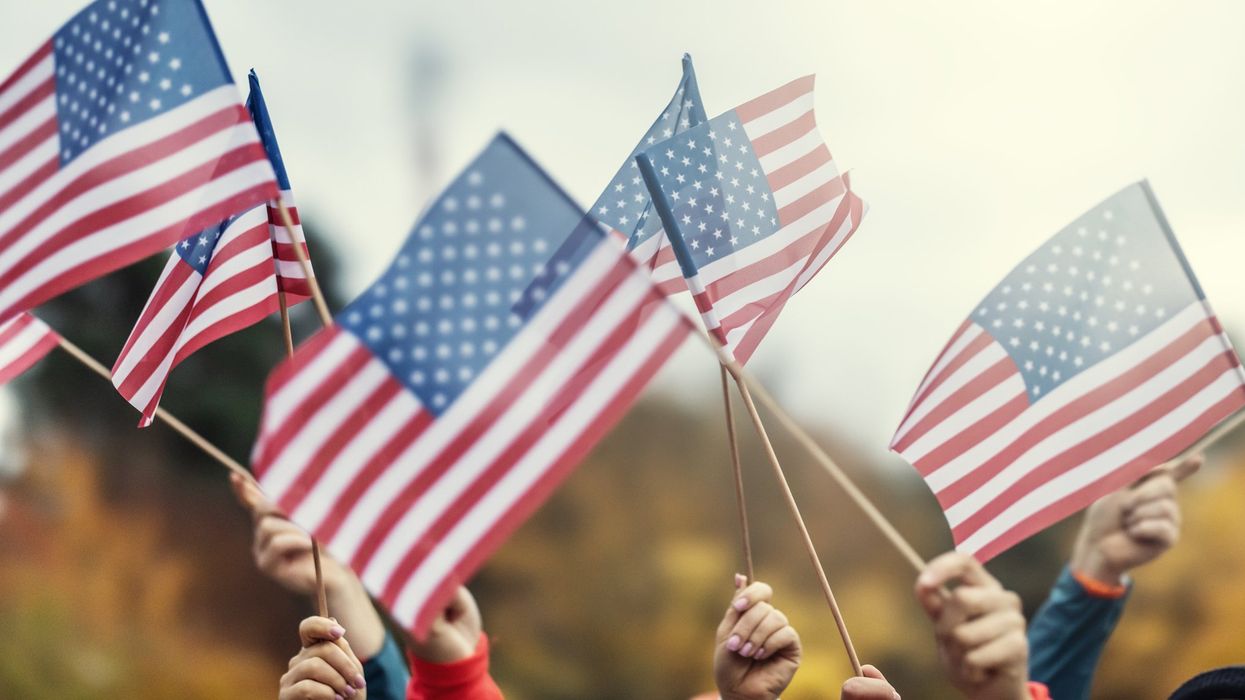In the years ahead, independents, as candidates and as citizens, should emerge as peacemakers. Even with a new administration in Washington, independents must work on a long-term strategy for themselves and for the country.
The peacemaker model stands in stark contrast to what might be called the marriage counselor model. Independent voters, on the marriage counselor model, could elect independent candidates for office or convince elected politicians to become independents in order to secure the leverage needed to force the parties to compromise with each other. On this model, independents, say six in the Senate, would be like marriage counselors because their chief function would be to put pressure on both parties to make deals, especially when it comes to major policy bills that require 60 votes in the Senate.
This pressure could even apply in the House, where the Republican Freedom Caucus may not support Speaker Johnson and mainstream Republicans on any number of the 13 appropriations bills that constitute the annual budget and where the reconciliation process enables the majority party to pass legislation with a mere majority. Still, the marriage counselor model envisions independents as using their leverage to achieve bipartisanship on Capitol Hill and with the White House.
The peacemaker model is more ambitious. It envisions independents using leverage (via their votes), but it also involves independents inserting their own concepts, values, and feelings into the legislative process. Their goal is to be a third force on Capitol Hill and Washington in general because they would seek to forge not just a compromise between the Democrats and the Republicans -- say on climate change, guns, entitlement reform, immigration or childcare and parental leave -- but a synthesis of three distinct points of view.
The marriage counselor model of independents conceives of the independents like therapists who get the married couple to work out their difficulties with new plans, proposals, and attitudes. It is not the role of the therapist to insert his or her or their values into the therapeutic process. The peacemaker model, however, goes further. It absolutely does seek to insert the concepts, values and feelings of the independents into the legislative process. It is a peacemaker model not just in what scholars in Peace Studies call "negative peace," namely peace in the negative sense of avoiding conflict and even violence between the two major parties.
It is a peacemaker model in the positive sense of forging bills that will create new laws that will be satisfactory to all three sides and that represent a unique synthesis of three points of view. A positive peace and not merely a negative peace is, therefore, the goal of a new model in Washington that aims to substitute the goal of tripartisanship for the goal of bipartisanship. Tripartisan deliberations and decisions in Washington and not bipartisan deliberations and decisions represent the ten-year goal for the nation's capital and the country itself.
This process of societal transformation will be the final step of a 250-to-260-year process of closing the gap between the United States and the rest of the free world, where almost every democratic country has three or more political parties that have significant power -- notably in France, Germany, Italy, Japan, South Korea, the UK, and Israel. Australia, in particular, has witnessed the rise of the "Teal Independents" in recent years, providing the United States with a model to generate the rise of the "American Independents."
How precisely independents are to organize and reconcile differences amongst themselves and elect independents is an open question. I favor a view that focuses on a decentralized rather than a centralized approach. Independents need to be elected one at a time in a small number of national races -- or converted in Washington -- to create a critical mass with sufficient leverage.
The Dartmouth economist Charles Wheelan was right in "The Centrist Manifesto" that we needed a "Fulcrum Strategy" to overcome the dysfunction in Washington. But he was too ambitious to propose that a Centrist Third Party could supply the leverage. Power and ultimately positive peace will come if Americans use some of the political and military ingenuity the American Revolutionaries used to take power away from the British Crown.
In our case, the independents do not have to defeat all or even the majority or even huge numbers of Democrats and Republicans. They only need to defeat enough of them in order to have the leverage to create positive peace in Washington and the country overall.
Dave Anderson edited "Leveraging: A Political, Economic and Societal Framework," has taught at five universities and ran for the Democratic nomination for a Maryland congressional seat in 2016.



















